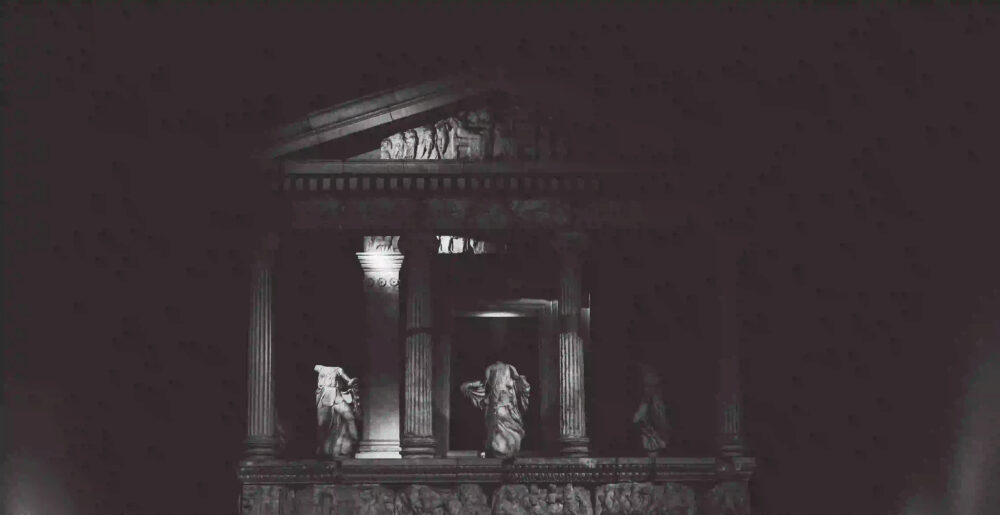The night sky has always been a source of wonder and inspiration for humanity. Across cultures and civilizations, people have gazed at the stars and woven myths and legends around the celestial bodies that adorn the heavens. These stories not only reflect the human desire to understand the cosmos but also reveal the deep connection between mythology and astronomy. In this blog post, we will embark on a journey through time and space to explore the rich tapestry of celestial myths and cosmic legends that have captivated the human imagination for millennia.
The Birth of Constellations
One of the most enduring legacies of ancient mythology is the creation of constellations. These patterns of stars have been used by different cultures to tell stories and navigate the night sky. The Greeks, for example, crafted elaborate myths around figures like Orion, Perseus, and Cassiopeia, transforming them into celestial characters whose exploits were immortalized in the stars. Similarly, the indigenous peoples of Australia, the Aboriginals, wove their own tales into the cosmic web, seeing shapes of animals and spirits in the stars above.
Planets and Gods
In many ancient mythologies, the planets were personified as gods and goddesses, each with their own unique attributes and significance. The Romans, for instance, named their planets after their most important deities: Mercury, Venus, Mars, Jupiter, and Saturn. These celestial beings were believed to exert influence over the affairs of mortals, and their movements were closely observed for signs and portents. The intricate dance of the planets across the sky was seen as a reflection of the power struggles and alliances of the divine realm.
Cosmic Creation Myths
Astronomy and mythology converge in the creation stories that seek to explain the origins of the universe. From the Greek myth of Chaos giving birth to the first gods, to the Norse tale of the world tree Yggdrasil connecting the nine realms, these myths offer imaginative interpretations of the cosmic order. The celestial bodies themselves were often seen as the remnants of divine acts, such as the Egyptian belief that the Milky Way was formed from the milk of the goddess Hathor.
Eclipses and Omens
Throughout history, celestial events like solar and lunar eclipses have been interpreted as omens or warnings by different cultures. In ancient China, the belief that a dragon was devouring the sun during a solar eclipse led people to make loud noises and shoot arrows into the sky to drive the dragon away. The Maya, on the other hand, saw lunar eclipses as a time when the moon was being attacked by evil spirits, necessitating rituals to protect it. These interpretations reveal the profound impact that celestial phenomena have had on human societies and belief systems.
The Legacy of the Stars
The enduring allure of celestial myths and cosmic legends continues to influence art, literature, and popular culture to this day. From the epic space operas of science fiction to the naming of spacecraft after mythological figures, the connection between the heavens and human imagination remains strong. By exploring the intertwined narratives of mythology and astronomy, we gain a deeper appreciation for the universal human quest to comprehend the mysteries of the cosmos.
In conclusion, the intersection of mythology and astronomy provides a fascinating glimpse into the human psyche and our relationship with the universe. The stories and symbols that populate the night sky serve as a testament to our enduring fascination with the celestial realm. As we continue to peer into the depths of space and unravel the mysteries of the cosmos, let us not forget the timeless wisdom and wonder contained in the myths and legends that have guided humanity’s gaze skyward for countless generations.
This blog post is a captivating exploration of the intertwined narratives of mythology and astronomy, shedding light on the enduring fascination with the celestial realm. From the birth of constellations to cosmic creation myths, the post delves into the profound connection between human imagination and the mysteries of the cosmos. With a rich tapestry of celestial myths and cosmic legends, the post engages readers in a journey through time and space, revealing the universal human quest to comprehend the wonders of the night sky.
